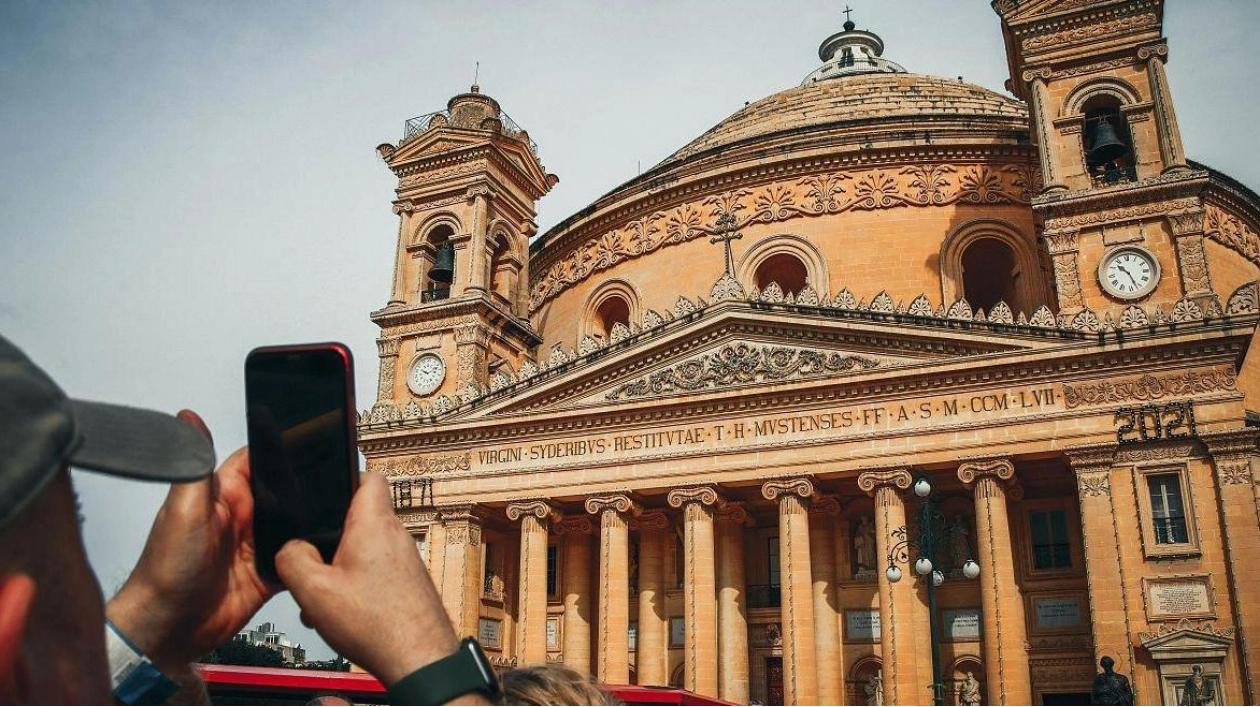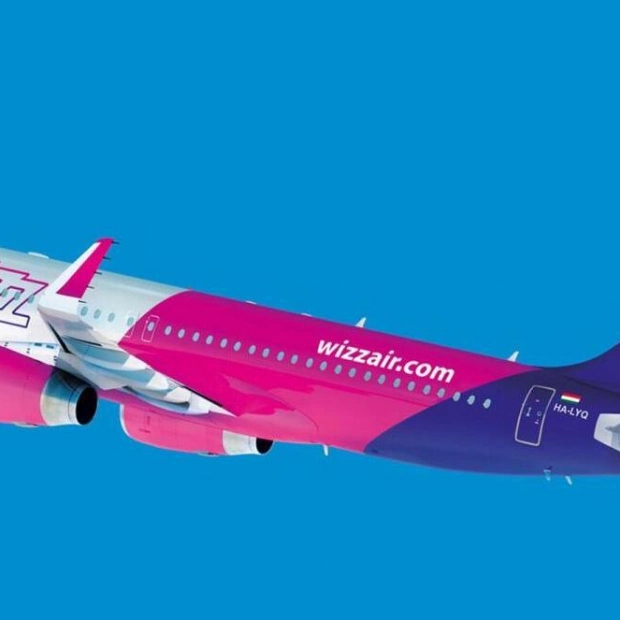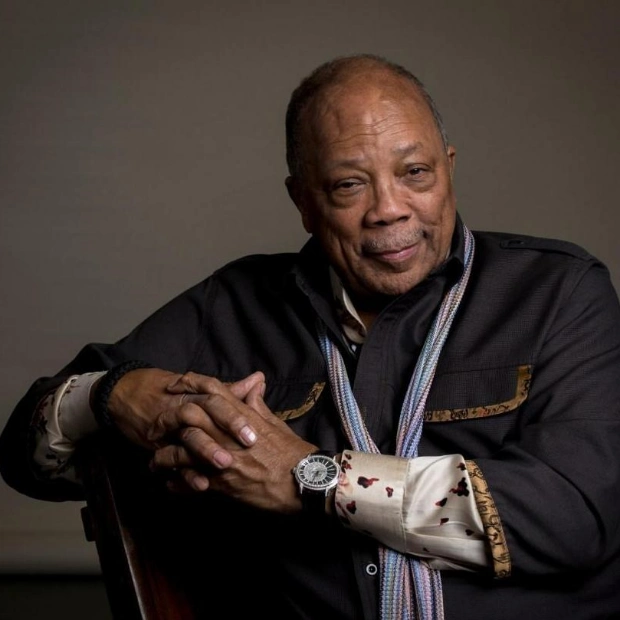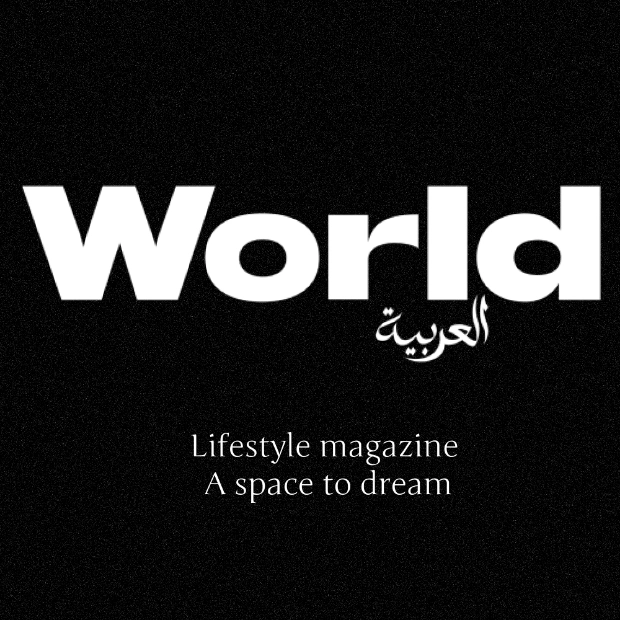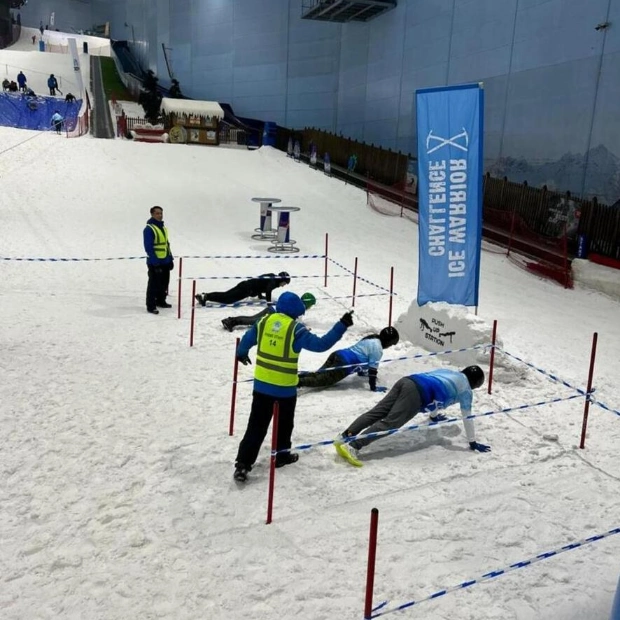This autumn, numerous cultural events are unfolding across Europe as part of the annual European Heritage Days, a collaborative effort by the Council of Europe and the European Commission. Over 40 countries are extending invitations to the public to delve into various aspects of national monuments, rituals, and traditions. The events are centered around an annual theme, this year being ‘Heritage of Routes, Networks and Connections’.
“Every year, the European Heritage Days bring millions of Europeans together around their shared historical and cultural heritage,” states Iliana Ivanova, European Commissioner for Innovation, Research, Culture, Education and Youth. “This initiative ensures that our common European heritage is appreciated, cherished, and safeguarded for future generations, while also providing economic advantages to local communities through tourism.” Countries will showcase how the movement of people, ideas, and cultures over time has influenced the built environment, monuments, streets, and intangible cultural practices such as rituals, languages, and food.
The program commenced in Lithuania, marking the centenary of Baltic Song and Dance Celebrations. In line with the theme of routes, networks, and connections, Lithuania also highlighted the Baltic Way, a peaceful political demonstration in 1989 where two million people formed a human chain across Lithuania, Latvia, and Estonia. Events in Austria, Belgium, Germany, and Ireland have concluded, but many more are scheduled in other countries.
This year’s Journées européennes du patrimoine in France focuses on transport heritage, communication technologies, and cultural practices. Visitors can explore transhumance routes and France’s maritime heritage, including lighthouses and ports. Other events spotlight underwater archaeology, aquaculture, and sea-related festivals. Luxembourg’s program emphasizes the interconnections of European cultural heritage, celebrating the Cultural Routes of the Council of Europe with walks and guided tours.
Malta’s European Heritage Days feature the Notte Bianca festival, one of the country’s largest arts and culture celebrations. Valletta transforms into a vibrant hub of live performances, concerts, and art installations. Romania’s Zilele europene ale patrimoniului are based on the theme of ‘Cultural Corridors: European Routes of Heritage Objectives’, highlighting the movement and connections between people, goods, and ideas since prehistoric times.
Slovenia’s Dnevi evropske kulturne dediščine explore trails and connections through shared values and cultural practices. Spain’s Jornadas Europeas de Patrimonio encourage intercultural dialogue and the exploration of physical and digital connections. In the UK, Doors Open Days in Scotland offer public access to usually closed buildings. This year’s theme is exemplified by exhibitions at a 1940s police box in Edinburgh and Alloa Mosque, focusing on historic links between Scotland and the Muslim world.
